SOURCE: IDRW.ORG.

In a significant development aimed at bolstering bilateral relations, India and Kazakhstan recently engaged in constructive talks focusing on enhancing defence collaboration, procurement, and capability building. The discussions, held in a spirit of mutual cooperation and partnership, underscored the shared commitment of both nations towards strengthening regional security and fostering strategic cooperation.
During the deliberations, representatives from India and Kazakhstan exchanged views on a wide range of issues pertaining to defence engagement, including the exploration of new avenues for collaboration and the exchange of best practices in the field of defence technology and strategy. The talks provided a platform for both sides to reaffirm their commitment to deepening defence ties and leveraging each other’s expertise for mutual benefit.
Continue readingSOURCE: RAUNAK KUNDE / NEWS BEAT / IDRW.ORG

The Indian Ministry of Defence (MoD) is poised to greenlight a major deal for the production of 156 Light Combat Helicopters (LCH), named Prachand. This deal, estimated to cost ?45,000 crore, is expected to be presented to the Cabinet Committee on Security (CCS) by late August after the formation of a new central government in mid-June.
Sources within the defence establishment revealed to idrw.org that the Army and Air Force, which have already inducted a limited series of 15 LCHs, have proposed minor modifications. These modifications include the integration of an autopilot system and a ground collision avoidance system, enhancing safety and operational efficiency.
Continue readingSOURCE: RAUNAK KUNDE / NEWS BEAT / IDRW.ORG
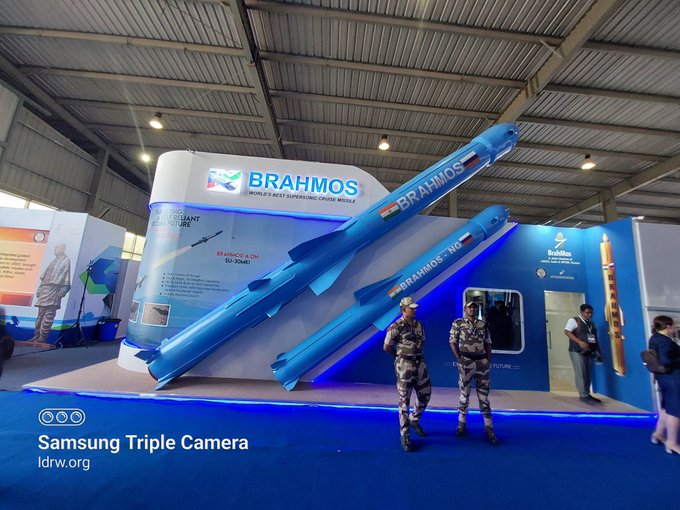
India’s BrahMos supersonic anti-ship missile has found its first export customer in the Philippines, highlighting the growing demand for such high-speed weapons. However, BrahMos faces a significant challenge: cost.
Advancements in air defence systems have driven many countries to seek supersonic anti-ship missiles like BrahMos. These missiles, capable of exceeding Mach 3 speeds, can potentially penetrate increasingly sophisticated defenses. Subsonic missiles, while cheaper, may struggle to overwhelm modern air defence capabilities.
Continue readingSOURCE: RAUNAK KUNDE / NEWS BEAT / IDRW.ORG

India’s Defence Research and Development Organisation (DRDO) has completed trials of its 30-kilowatt laser weapon system, marking a significant leap in directed-energy weapon technology. This high-powered system is now ready for mass production and user trials.
The laser weapon boasts an impressive operational range, capable of neutralizing helicopters and drones up to 5 kilometers away. DRDO highlights the potential for further extending this range, making it even more effective against aerial threats.
Continue readingSOURCE: IDRW.ORG.
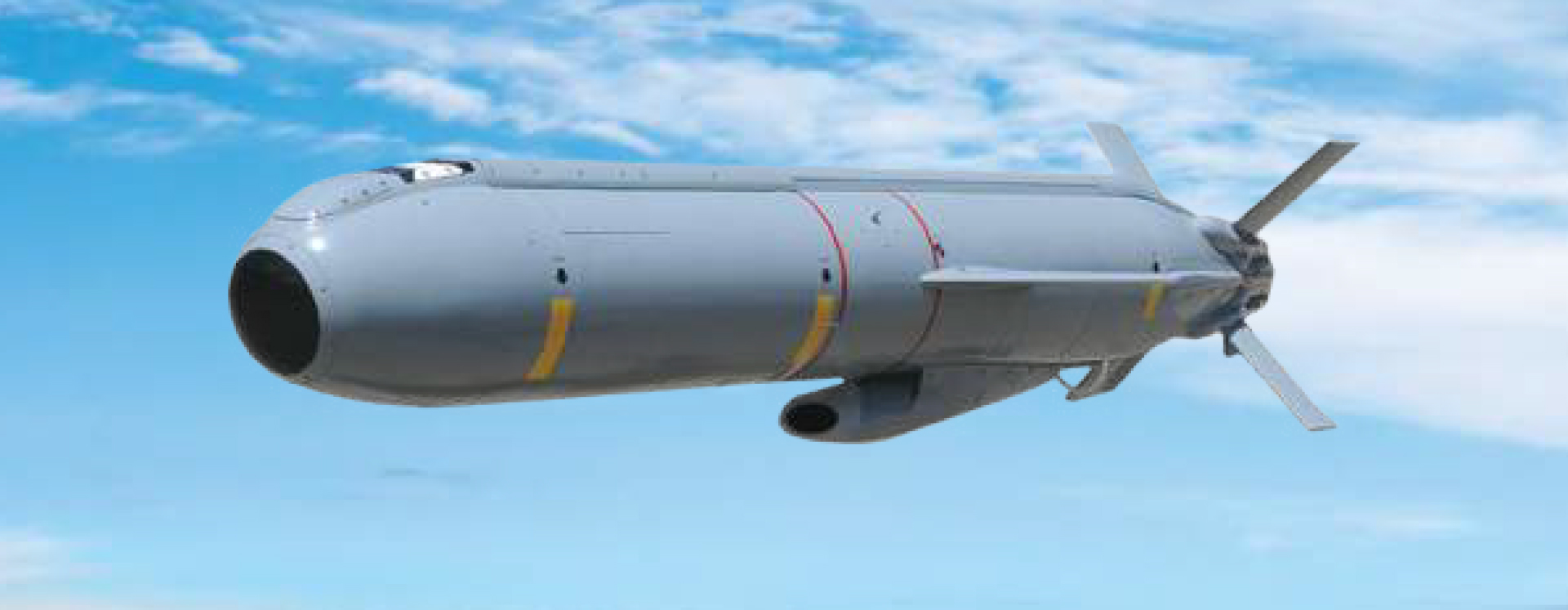
Elbit Systems has been courting the Indian Air Force (IAF) for some time now, offering its Delilah series of air-to-surface missiles. According to sources familiar with the program, the IAF is actively evaluating the Delilah as a potential addition to its arsenal, considering factors like price, technology transfer terms, and overall capabilities.
The Delilah missile stands out for its ability to loiter in an area before striking, allowing for positive target identification and minimizing collateral damage. This advanced weapon system boasts of a turbo-jet engine that enables a range of 250 kilometers and the ability to adjust flight profiles for optimal mission execution.
Continue readingSOURCE: IDRW.ORG.

The Defence Research and Development Organisation (DRDO) is seeking collaboration with private Indian companies for the manufacturing and fabrication of a hybrid Brake Parachute system for the Light Combat Aircraft (LCA) Tejas.
The Brake Parachute plays a vital role in ensuring the safe landing of the LCA. It supplements the aircraft’s primary wheel braking system by reducing its landing run, particularly beneficial on runways with limited space.
Continue readingSOURCE: RAUNAK KUNDE / NEWS BEAT / IDRW.ORG

India’s ambitious Advanced Medium Combat Aircraft (AMCA) program received a significant boost earlier this year with clearance from the Cabinet Committee on Security (CCS). This green light paves the way for developing prototypes and marks a crucial step towards an indigenous 5th-generation fighter jet.
The Aeronautical Development Agency (ADA) anticipates the first AMCA rollout within the next four years. However, the initial prototypes might take 18-20 months to reach that stage. This delay is attributed to the program’s pioneering nature in the region. The AMCA incorporates cutting-edge technologies that require rigorous testing and military certification before taking flight.
Continue readingSOURCE: RAUNAK KUNDE / NEWS BEAT / IDRW.ORG
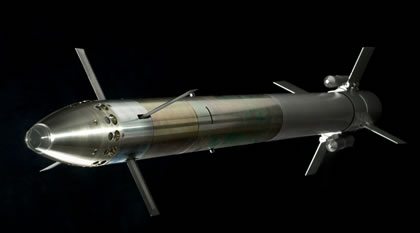
The Defence Research and Development Organisation (DRDO) has begun work on a next-generation air defence system – the Laser Beam Riding Man-Portable Air Defence System (LPAD). This project signifies a significant advancement in India’s indigenous defense capabilities.
The LPAD program received a project sanction order last year under the Make-2 category of the Defence Acquisition Procedure (DAP) 2020. This procurement route fosters collaboration between the DRDO and private Indian companies. The project aims to develop and deliver 200 launchers and 1,200 laser beam-riding missiles to the Indian Army, with an estimated value of ?4,800 crore. Prototype testing of the LPAD system is expected to be completed by the end of 2024.
Continue readingSOURCE: RAUNAK KUNDE / NEWS BEAT / IDRW.ORG
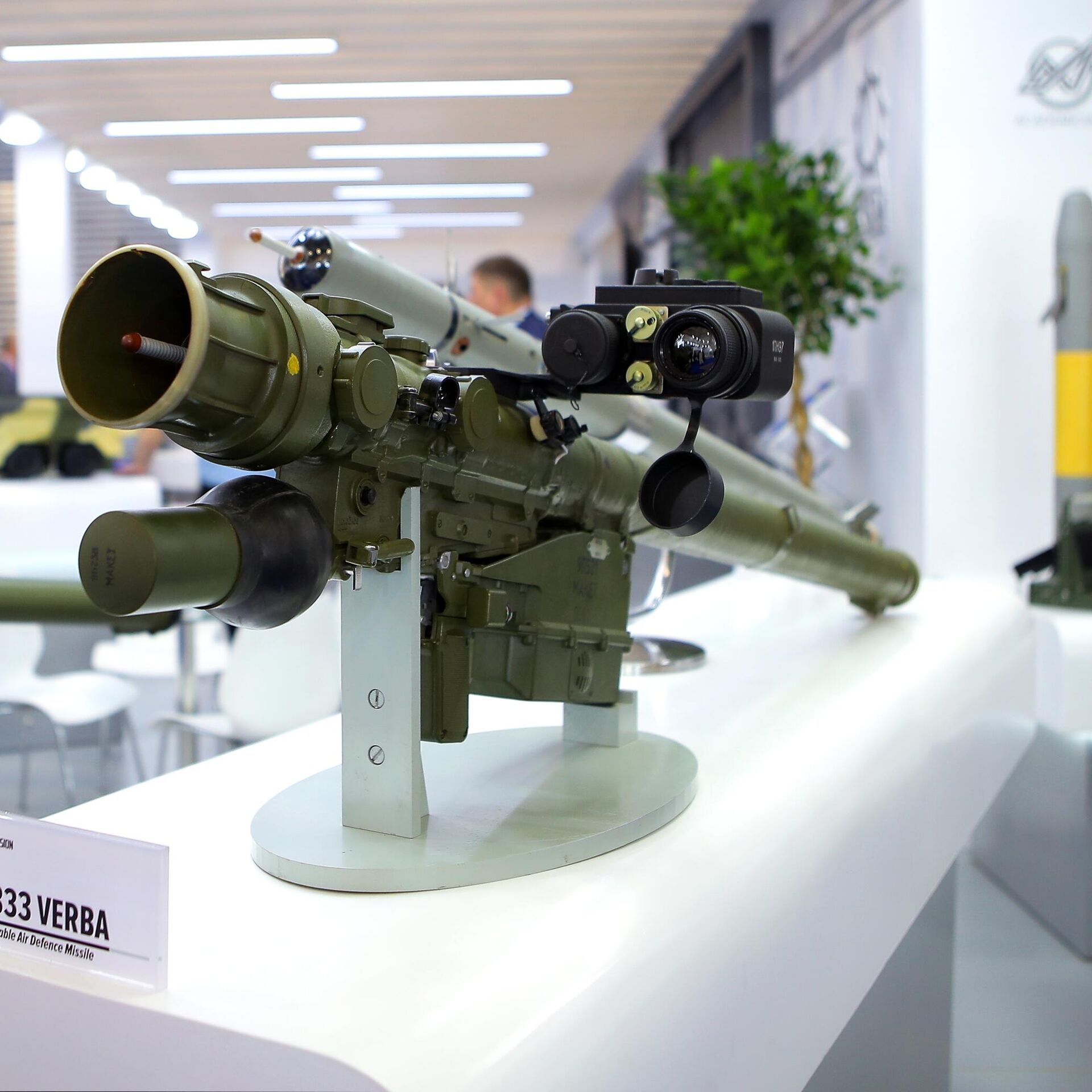
Adani Defence Systems and Technologies Limited (ADSTL) has commenced assembly of the Igla-S Very Short Range Air Defence (VSHORAD) systems in India. This development marks a significant step towards self-reliance in the country’s air defense capabilities.
The Igla-S assembly is being undertaken following a technology transfer (ToT) agreement between ADSTL and Rosoboronexport, a Russian state corporation. This ToT enables India to not only procure the advanced air defence system but also establish domestic production capabilities.
Continue readingSOURCE: IDRW.ORG.

India’s state-owned Hindustan Aeronautics Limited (HAL) reportedly back in 2019 had proposed a design and development plan for a twin-engine fighter jet based on the LCA-Tejas platform, specifically catering to the Indian Navy’s needs. This proposal comes amidst discussions on the Twin Engine Deck Based Fighter (TEDBF) program spearheaded by the Aeronautical Development Agency (ADA).
Sources close to the development told idrw.org that HAL pre-empted the TEDBF program with their proposal. Their experience with the single-engine Naval LCA, used as a technology demonstrator, positions them as a contender. The ADA, the designated nodal agency for fighter jet design in the Country, initially proposed a 16.5-ton single-engine Naval LCA Mk2 with more powerful F-414 engines. However, concerns regarding the safety of single-engine fighter operations on aircraft carriers led to its rejection.
Continue readingSOURCE: IDRW.ORG.

Heavy Vehicles Factory (HVF) has successfully delivered the first batch of upgraded T-90 Mark III tanks to the Indian Army. These upgrades aim to significantly improve the capabilities of the existing T-90 fleet. While specific details remain under wraps, some key aspects of the modernization program have come to light.
The T-90 Mark III boasts improved firepower through the integration of a Correction Input Device (CID). This device refines gunnery accuracy by factoring in environmental conditions and barrel wear. Additionally, Night Vision Enablement brings upgrades like a Commander’s Thermal Imaging Sight (CTIS) and a Muzzle Reference System. These advancements enhance situational awareness and targeting capabilities, especially during low-light operations.
Continue readingSOURCE: RAUNAK KUNDE / NEWS BEAT / IDRW.ORG
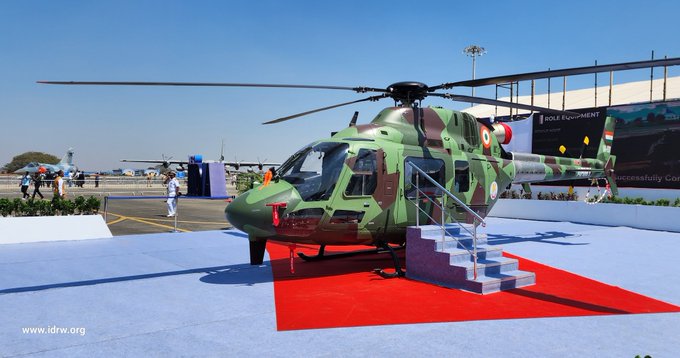
The Indian Army and Air Force’s plans to acquire the indigenously developed Light Utility Helicopter (LUH) from Hindustan Aeronautics Limited (HAL) are facing a setback. Order placements are likely to be delayed by 18-24 months due to a confluence of factors.
The initial batch of six Limited Series Production (LSP) LUHs, crucial for user trials and feedback, is expected to be delivered between December 2024 and June 2025. This timeline is a consequence of a disagreement over the Automatic Flight Control System (AFCS). The Army reportedly requested the AFCS, which HAL maintains wasn’t part of the initial specifications. This necessitates additional testing and certification, pushing back delivery dates.
Continue readingSOURCE: RAUNAK KUNDE / NEWS BEAT / IDRW.ORG
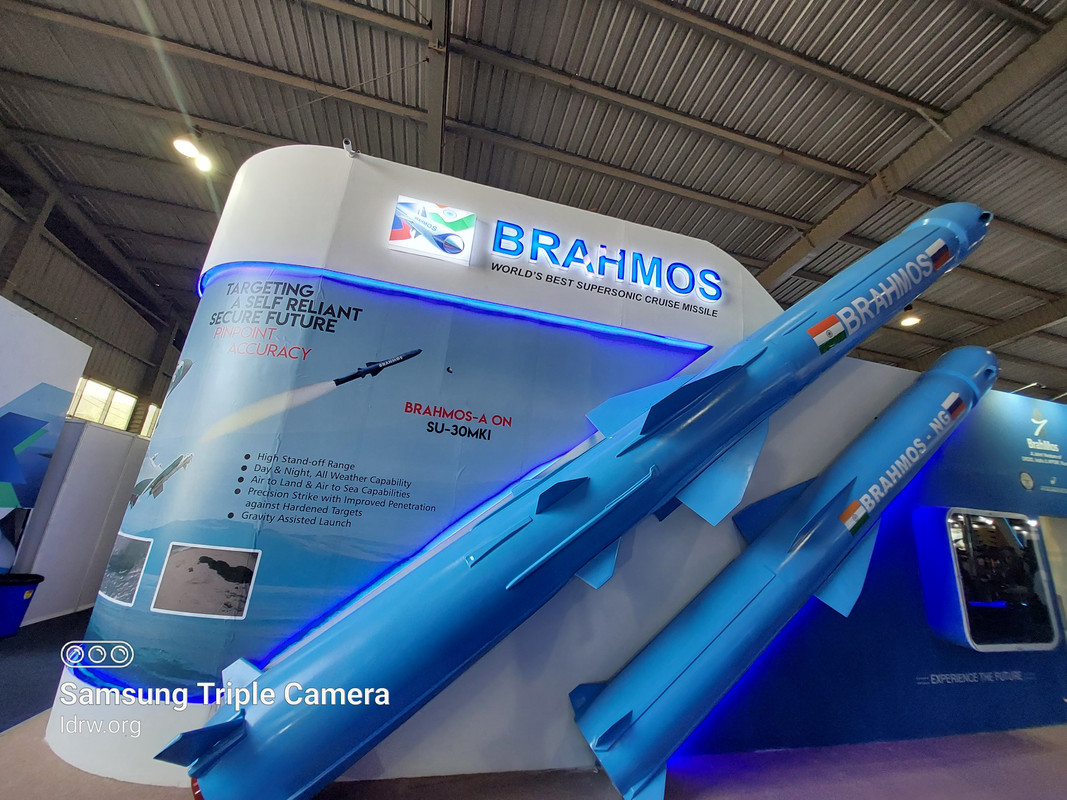
For two decades, the BrahMos missile system reigned supreme as the world’s only operational supersonic anti-ship missile. This dominance in a market largely saturated with subsonic options gave BrahMos a significant edge. However, the tide seems to be turning, with several countries entering the supersonic anti-ship missile race, threatening to dethrone BrahMos if it fails to adapt.
The landscape of the anti-ship missile market is undergoing a significant shift. Several countries are now developing their supersonic contenders, threatening to erode BrahMos’ market edge.
Continue readingSOURCE: RAUNAK KUNDE / NEWS BEAT / IDRW.ORG

The Defence Research and Development Organisation (DRDO) has been asked to develop a new weapon system to bolster the Indian Navy’s defences: the Very Short-Range Air Defence System (VSHORADS) primarily developed for the Indian Army will also be designed to function primarily as a point-defence weapon, similar to the Raytheon-developed Rolling Airframe Missile (RAM) used on US Navy warships for Indian Warships.
The Indian Navy faces a growing threat from loitering munitions and low-cost, sub-sonic cruise missiles. These agile and often inexpensive weapons can potentially cripple or destroy warships. VSHORADS is specifically designed to address this vulnerability.
Continue readingSOURCE: IDRW.ORG.

The Indian Air Force’s (IAF) Multi-Role Fighter Aircraft (MRFA) program, aimed at acquiring 114 new fighter jets, appears to be facing delays. While the last major update came from Air Chief Marshal VR Chaudhari in October 2023, significant progress seems to be lacking.
The Indian Air Force’s (IAF) Multi-Role Fighter Aircraft (MRFA) program, aimed at acquiring 114 new fighter jets, appears to be facing delays. While the last major update came from Air Chief Marshal VR Chaudhari in October 2023, significant progress seems to be lacking.
Continue reading